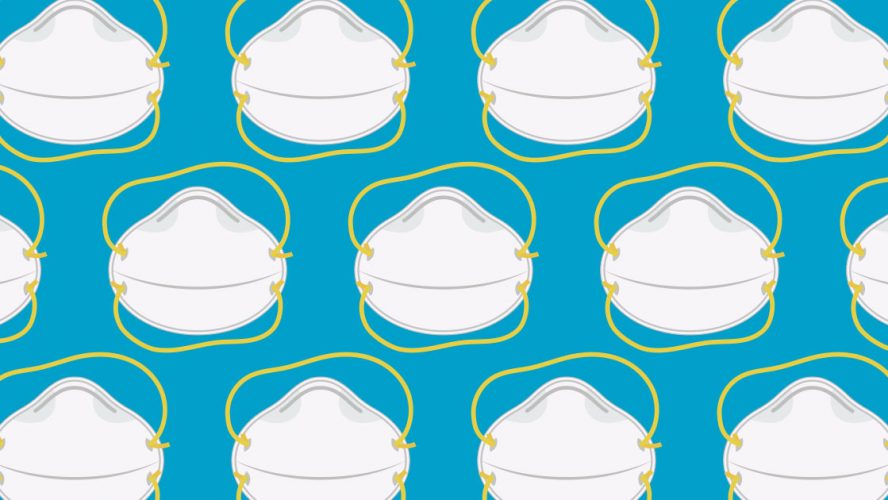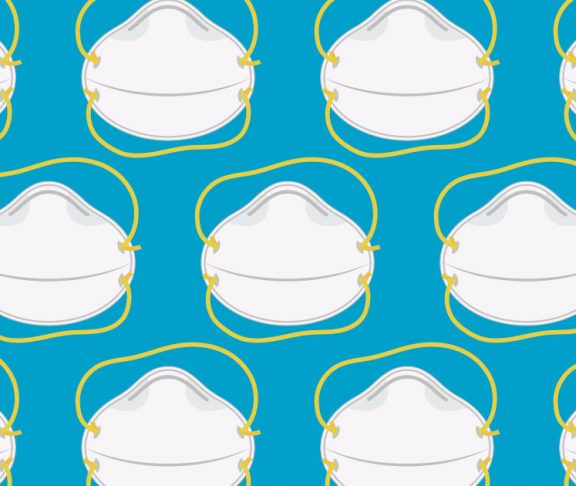
Barbara Catt
President, Infection Prevention & Control Canada
It’s that time of the year when students will be returning to school. However, the fall of 2020 is quite different than any other year.
We’re in the middle of a global pandemic as the world approaches 26 million cases of COVID-19, with the predicted second wave looming ahead. Rather than deliver the doom and gloom, I’d like to direct you to some documented return-to-school experiences — some successes and some not so much. These situations will hopefully guide some of those difficult decisions and offer a calming perspective.
It’s important that the various provincial and territorial school authorities collaborate and consult with their local Medical Officers of Health to implement the guidance for schools as applicable to their unique situation, because not all schools are the same. Some considerations for school openings include the number of students, size of the classrooms, ability to maintain distance of two metres when not in class, staffing including custodial workers, the number of active COVID-19 cases within that community, and access to additional resources such as alcohol-based hand sanitizer, soap, paper towels, and tissues.
Precautions on everyone’s part
Most countries had to close their schools between January and April of 2020 to contain the spread of COVID-19. Now, many countries are in various stages of reopening their schools and have had success with doing so as early as May. Countries such as Japan, South Korea, and Israel that opened schools had to reclose them due to increases in community transmission. The easing of overall restrictions is thought to contribute to those increases.
The CBC recently interviewed Principal Jeff Cressman from Elijah Smith Elementary School in Whitehorse, YT. He outlined how successful their opening has been — but also noted that it took careful planning on everyone’s part, including staff, parents, and guardians, to organize classrooms with less clutter, frequent cleaning of high-touch surfaces (three times during the day), more distance between desks, and even the use of shower curtains to provide a barrier when unable to maintain the two-metre distance. Red arrows are located on hallway floors to direct student movement.
A time to come together
Dr. Brendan Hanley, Yukon’s Chief Medical Officer of Health, says that this is an opportunity to demonstrate how well schools and government work together, and notes, “We’ll all learn as we go and adapt and modify plans.”
Some of the safety and control measures may include:
- Hand hygiene
- Respiratory etiquette
- Physical distancing and direction on what to do if unable to maintain distance
- Designated ‘sick’ room should a student become ill
- Increased frequency of cleaning and disinfecting
- Screening of staff and students and directing them to stay home when ill
These are important steps that can support the health and well-being of students, staff, and our communities as we move through these unprecedented times.


